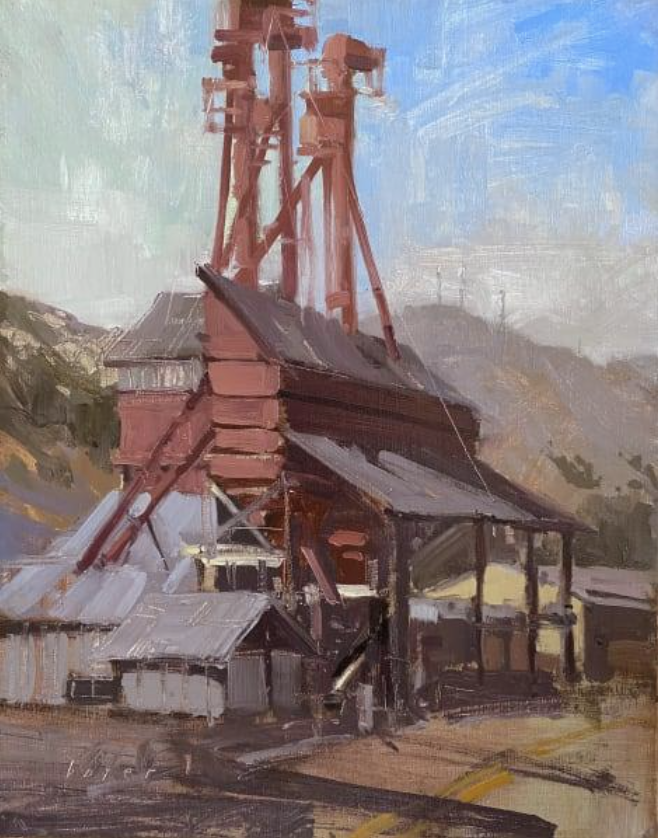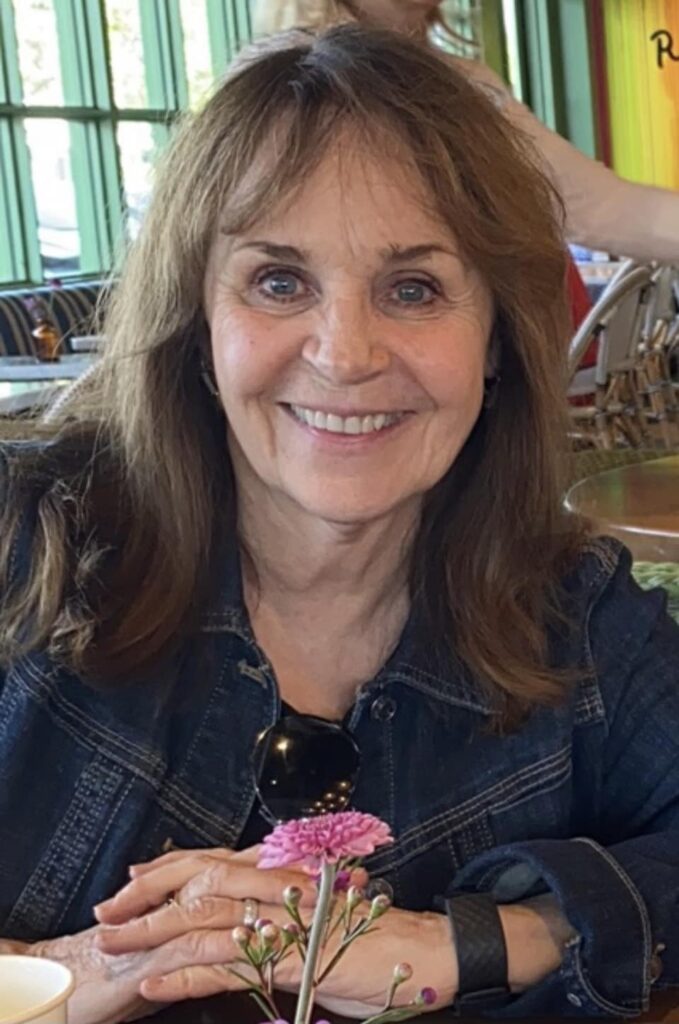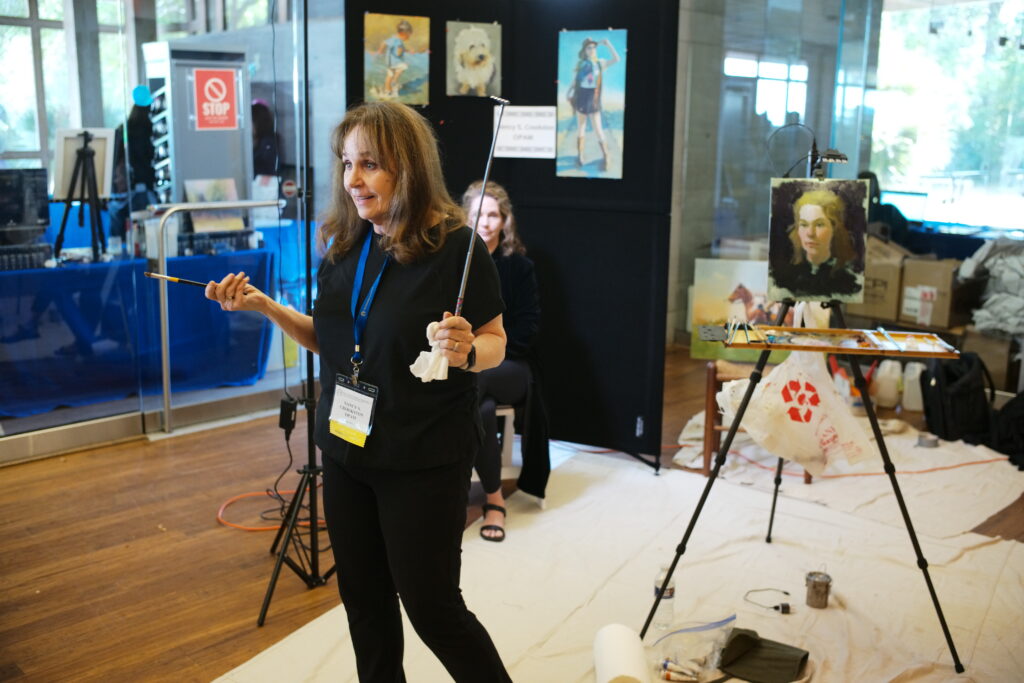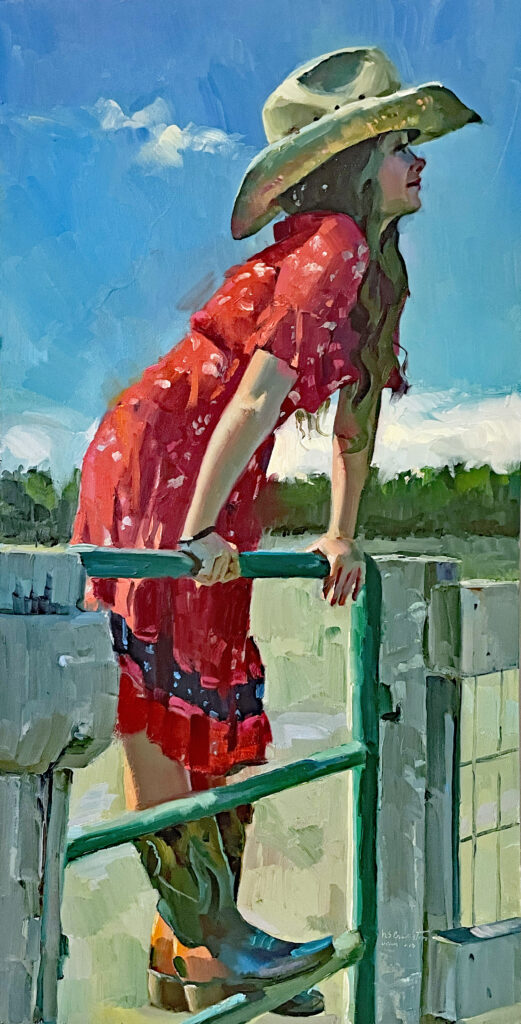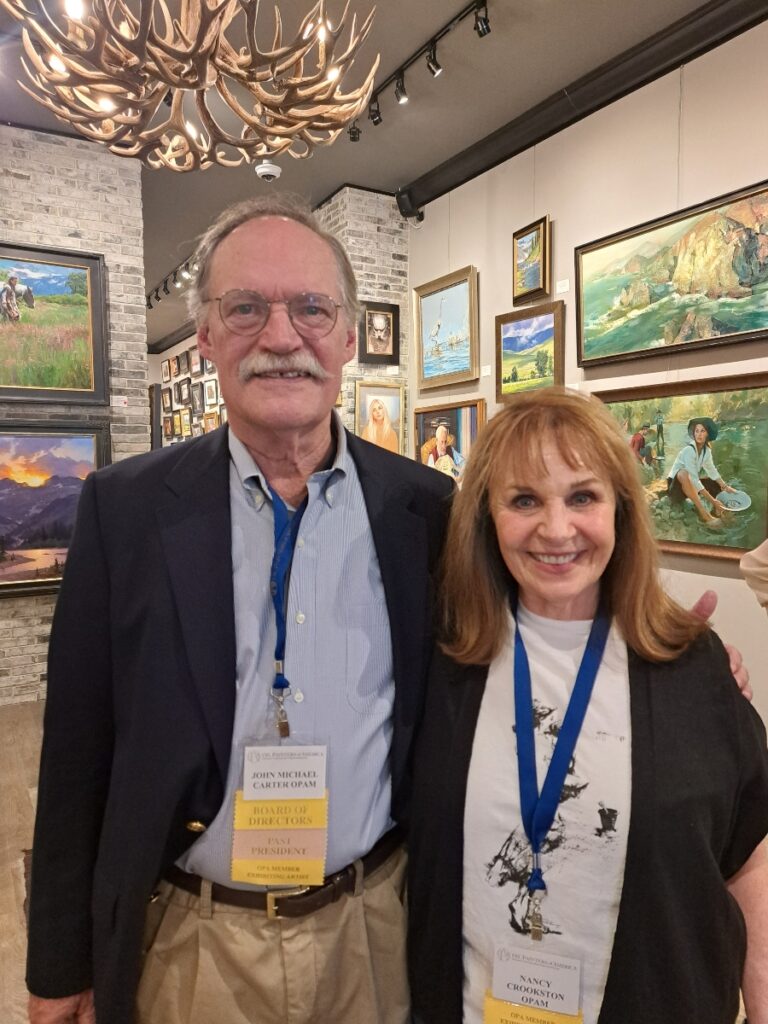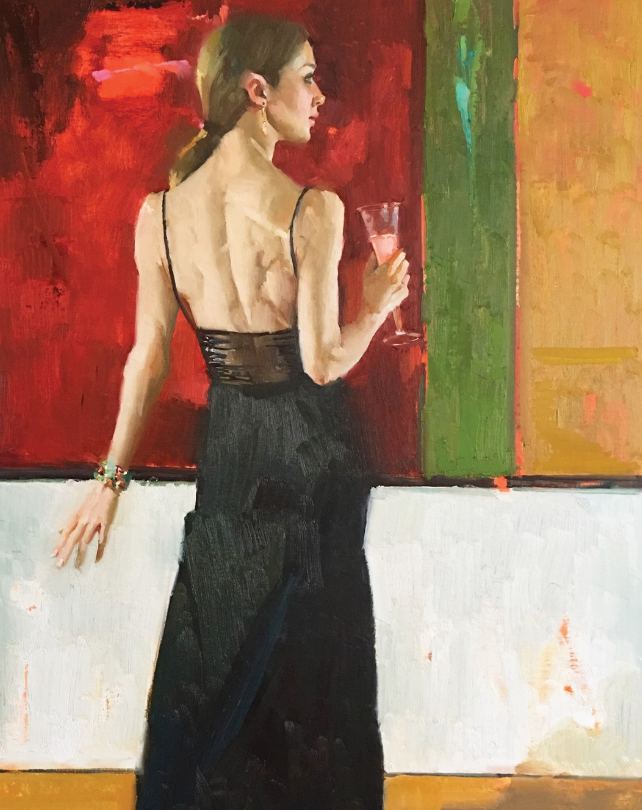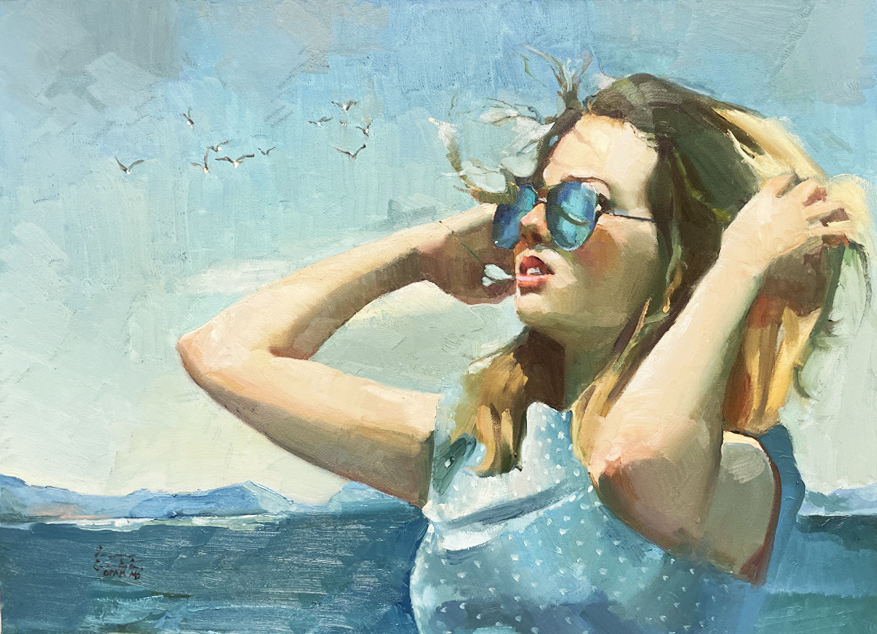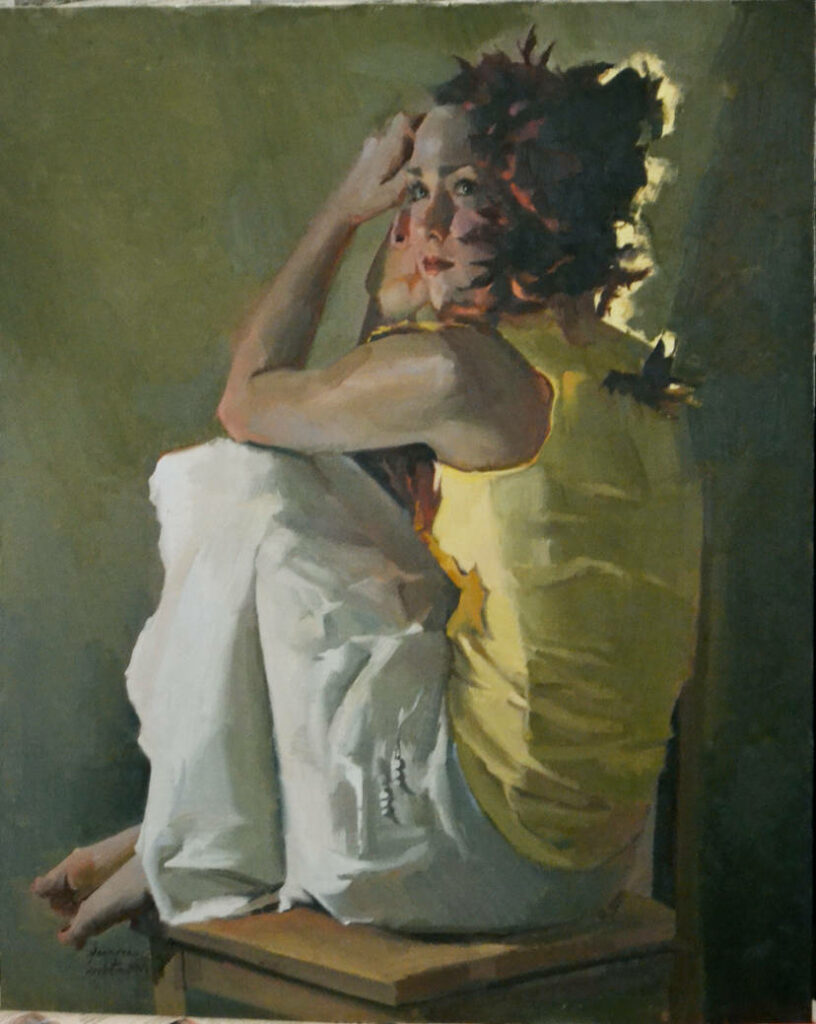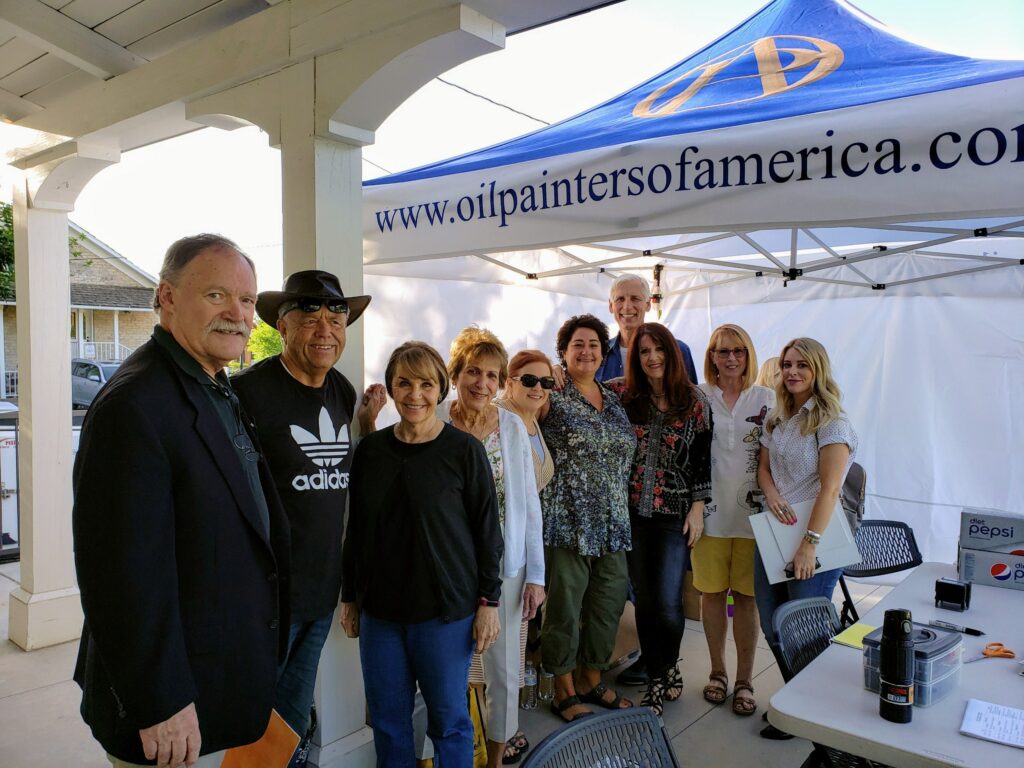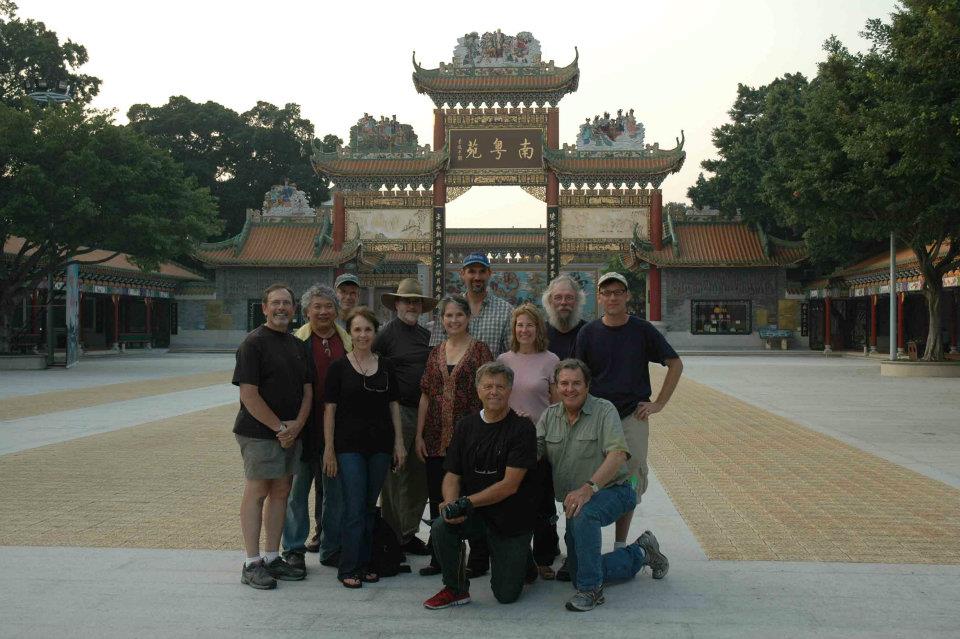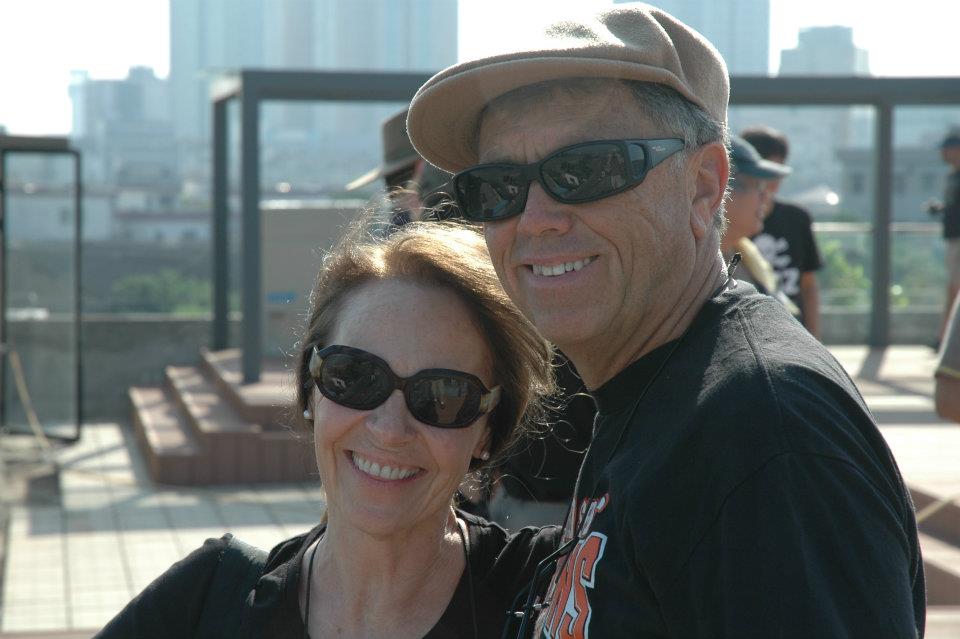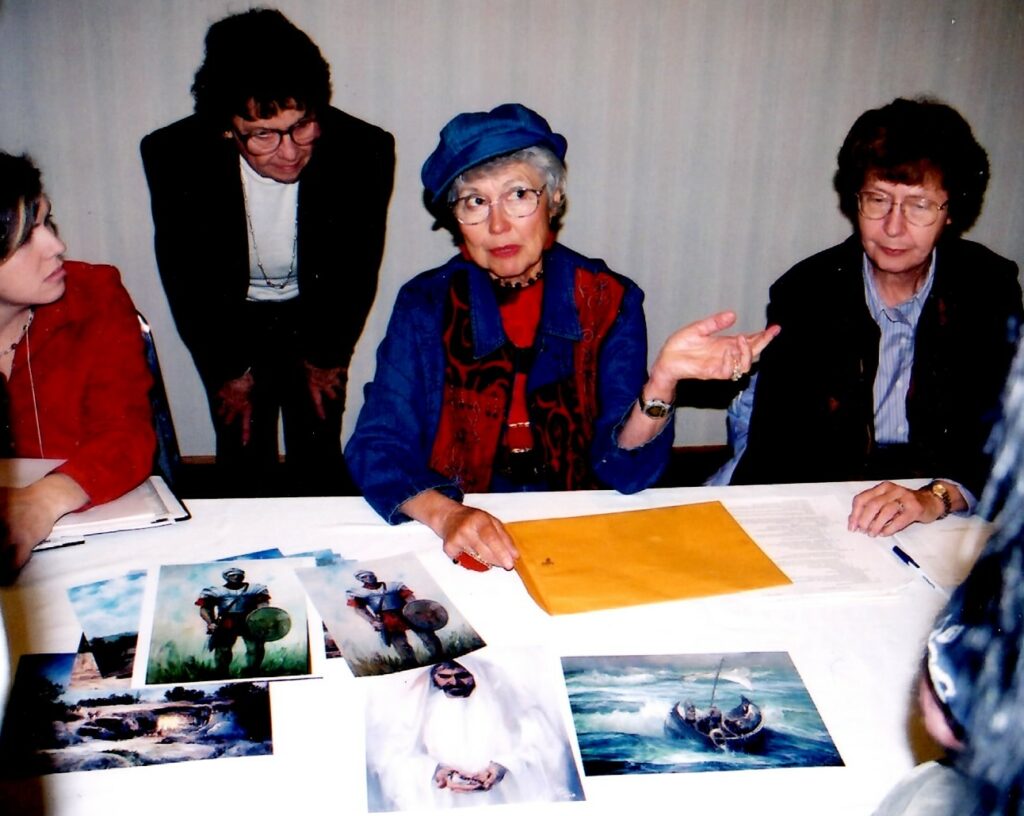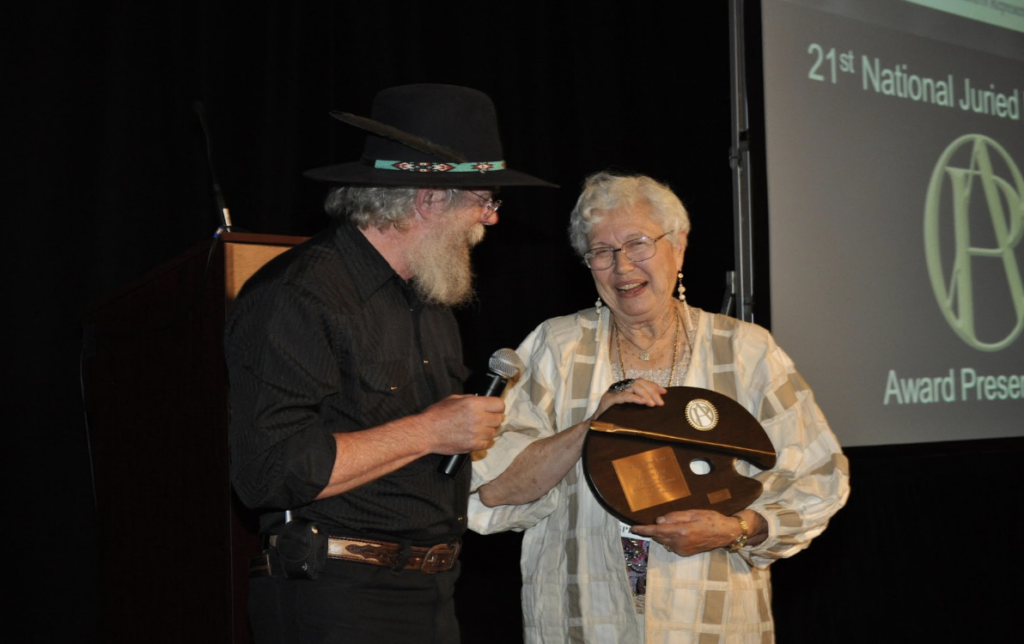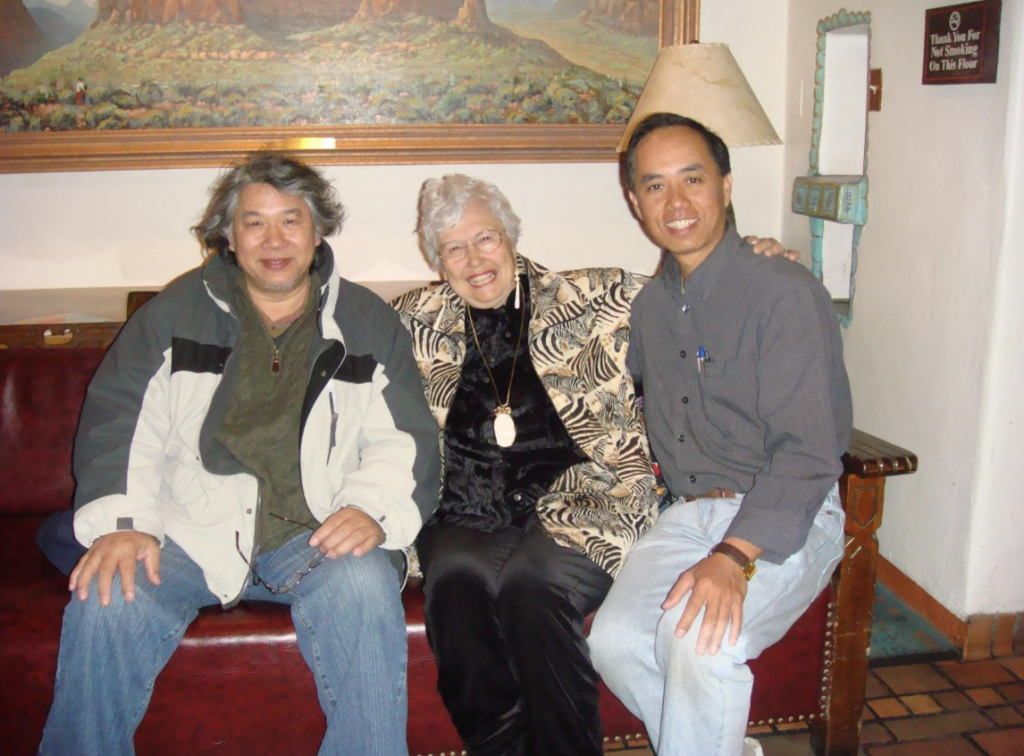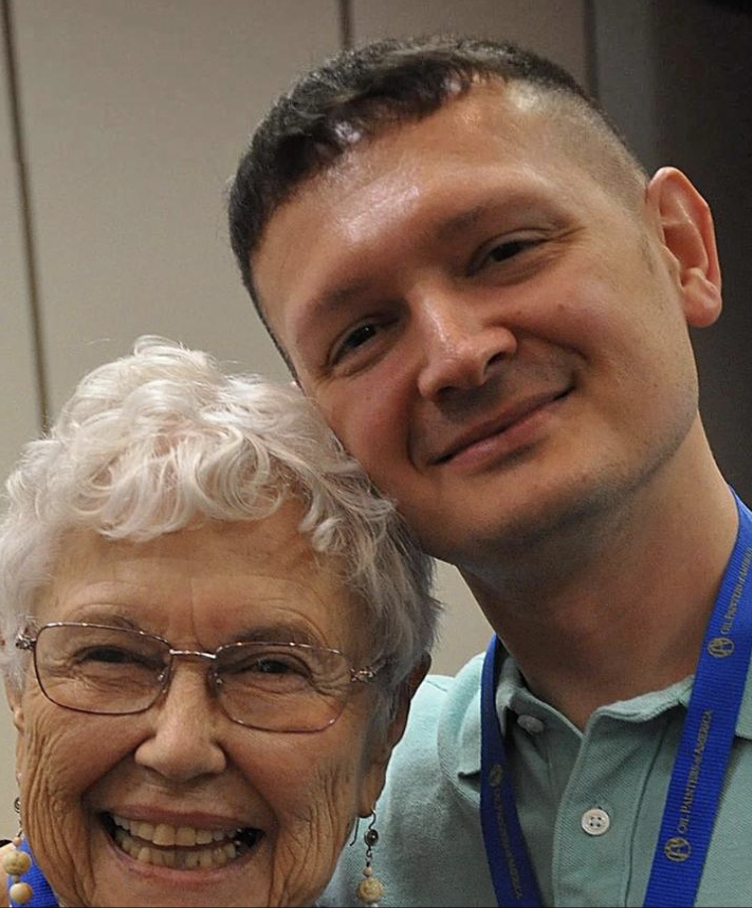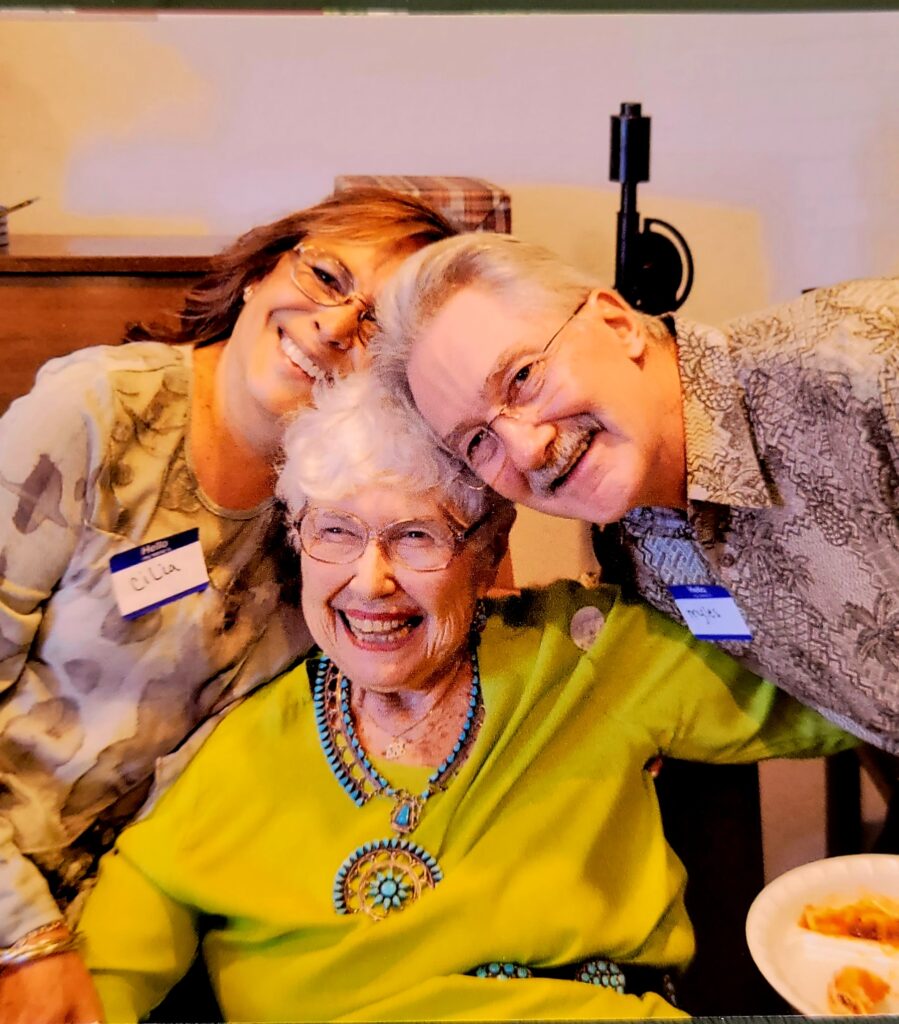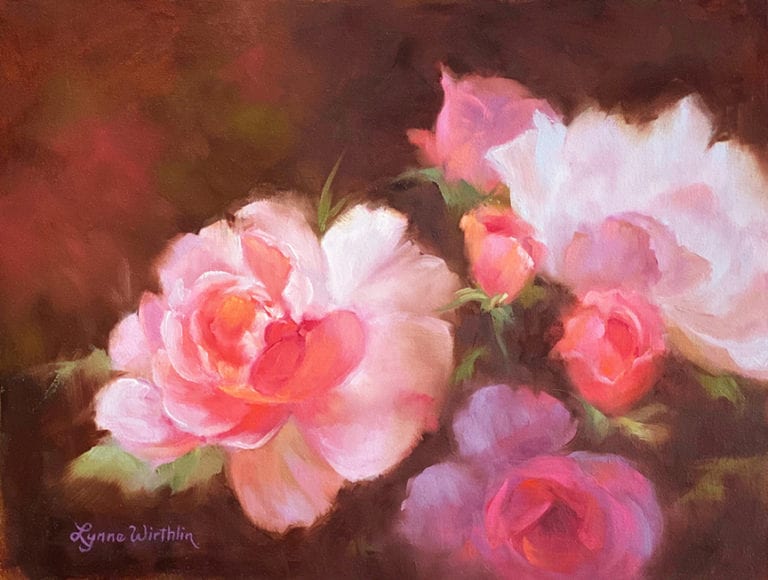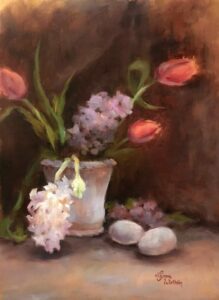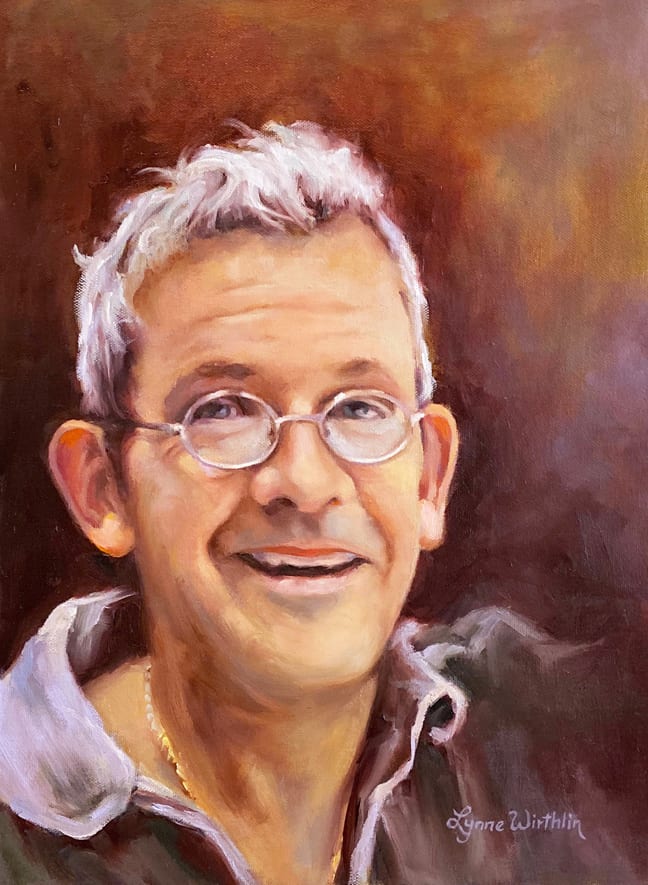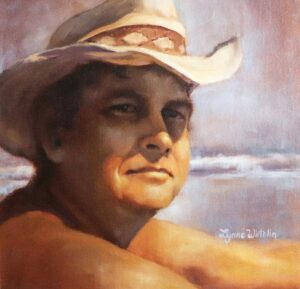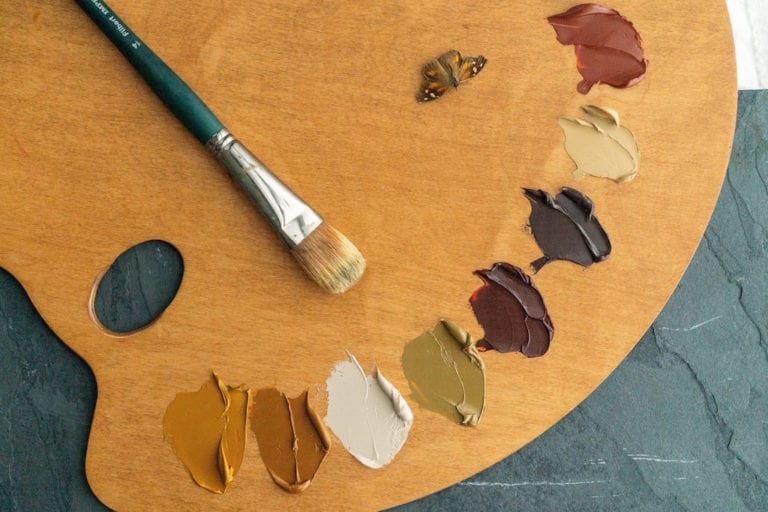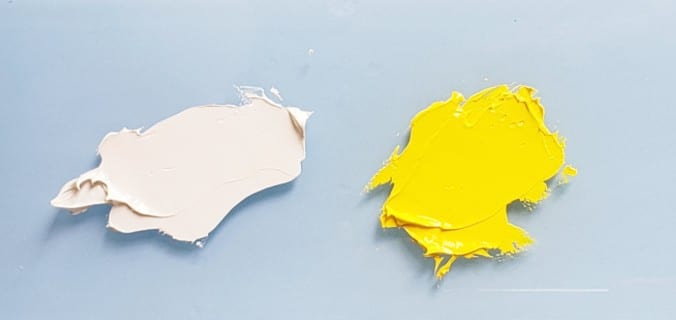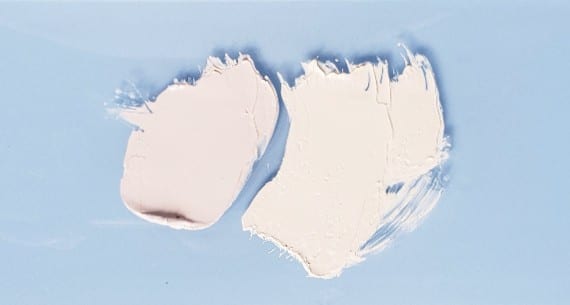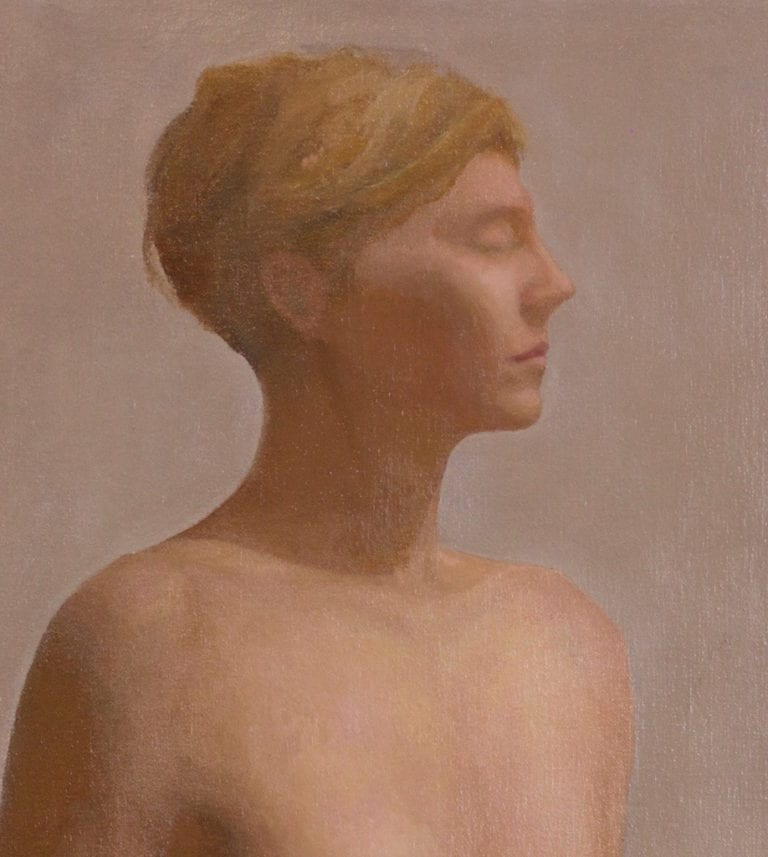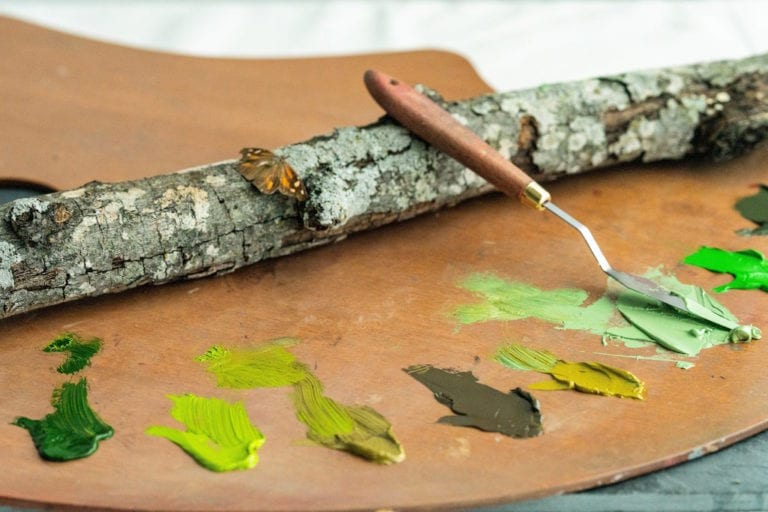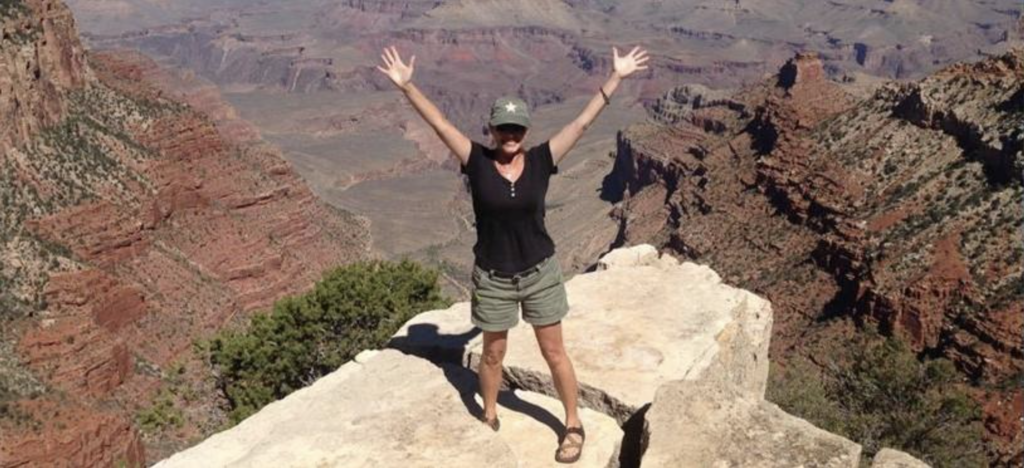
“Carve your name on hearts, not tombstones. A legacy is etched into the minds of others and the stories they share about you.” —Author Shannon L. Alder
In 2023, we sadly bid farewell to Signature artist Lyn Boyer, a luminary member of the art community.
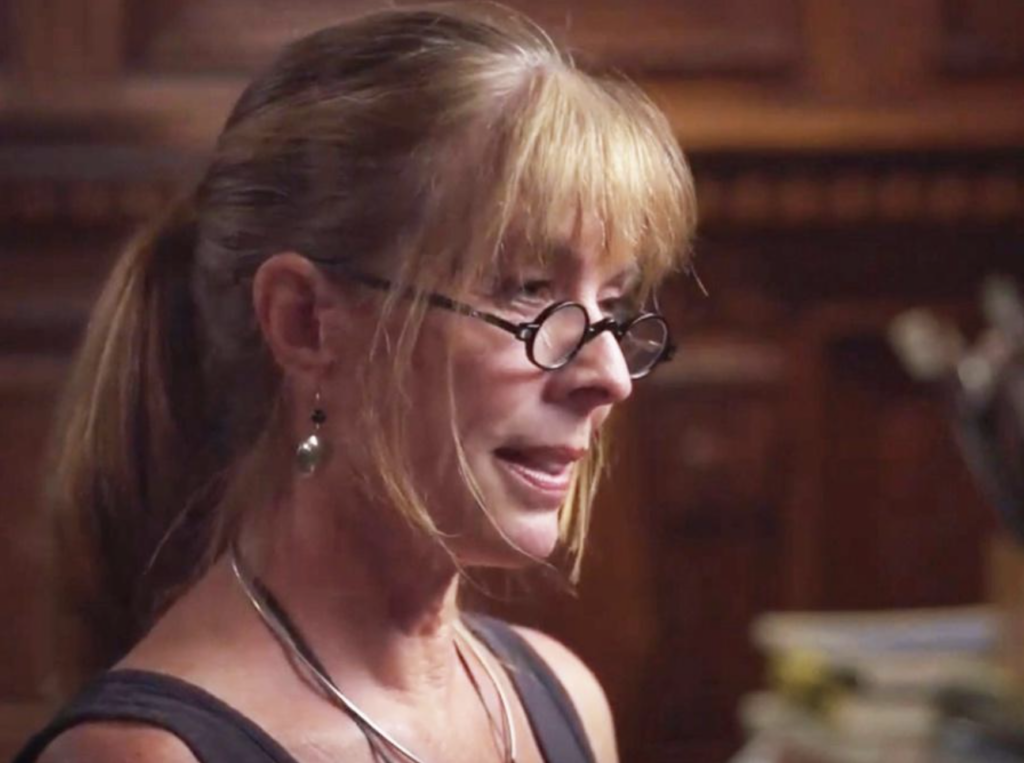
It’s rare to find a person like Lyn whose life and passing has had such an undeniable ripple effect on so many people – too many to even fathom. Her positive nature and compassionate soul inspired and encouraged others to do the same. She was wise beyond her years and understood the value of having deep, meaningful friendships, of which she had many. A highly accomplished artist, with a closet full of award ribbons to prove it, Lyn was a consummate professional and sought-after instructor throughout her career. She loved being an artist and knew how fortunate she was to be able to paint and travel for a living.
This blog article shares some personal recollections by many of Lyn’s closest friends, reflecting on the extraordinary legacy that she left behind, not only through her art but by the many hearts she touched along the way.
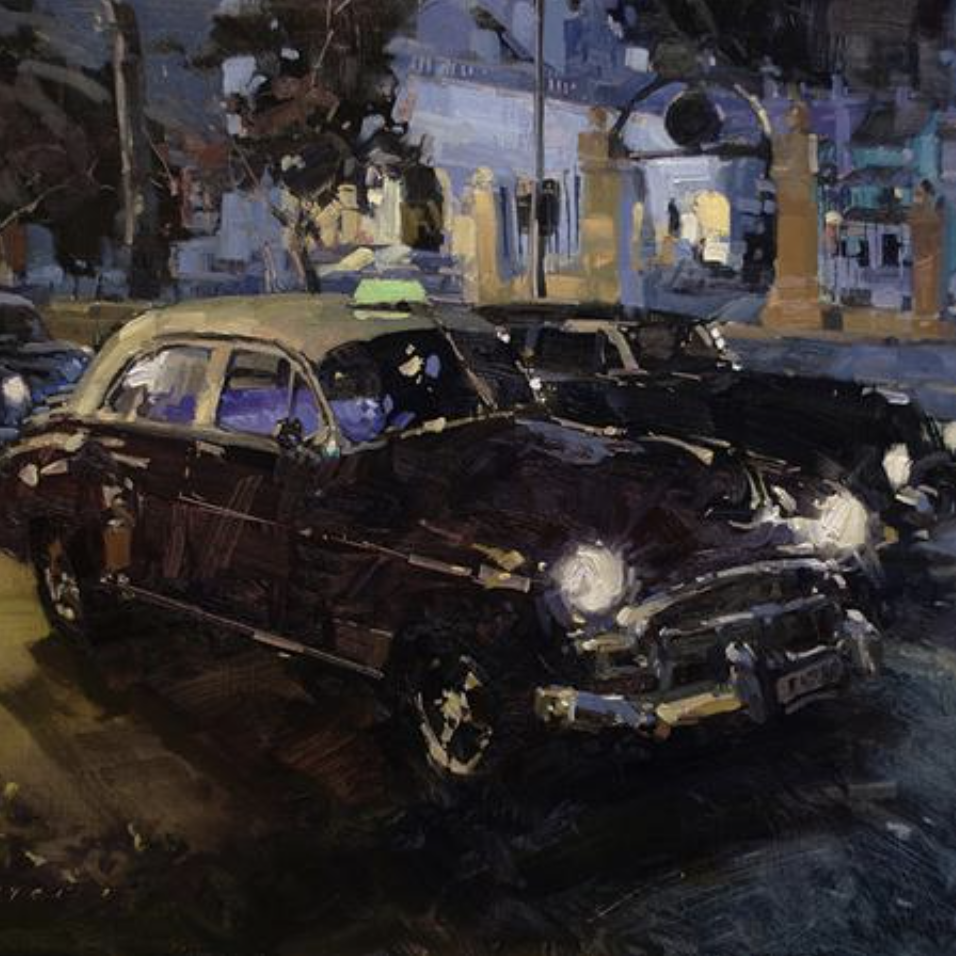
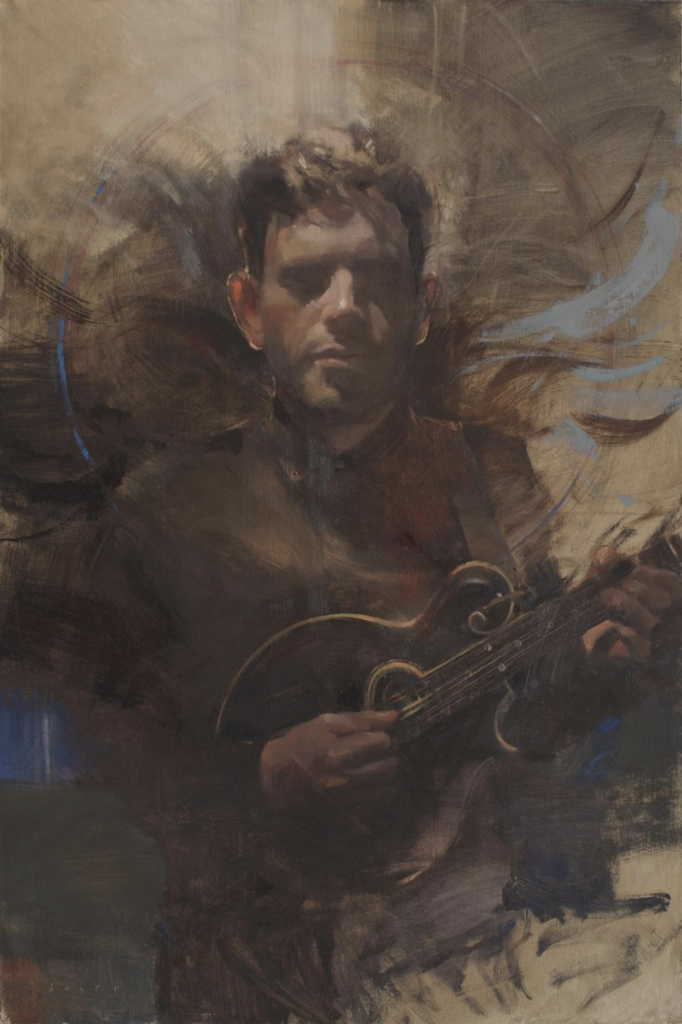
Shelby Keefe OPA
Call me one of the Lucky Ones. I got to be pretty close to this awesome, uber-talented, funny, smart, and seriously capable gal. You ask what I’ve learned from her—well, pretty much a whole ton of stuff! Top of the list is how she inspires me, to this day, to be a CAN-DO single woman in a complicated world making a living in this tricky art business. Hanging around her, looking at her paintings, and observing how professional she was in all aspects of the business pushed me to work harder at upping my own oil painting game. Her lifetime of accomplishments inspire me not to shy away from the hard stuff, like learning a new skill (playing the bass guitar) or taking on the big challenges (operating a Class B motorhome!) She taught me to trust in my own talents and instincts, take risks, and to jump in with both feet to live an interesting and fulfilling life. Now that she’s physically not here, I guess I’ll be camping without her—at least I know she’ll be traveling with me in spirit!

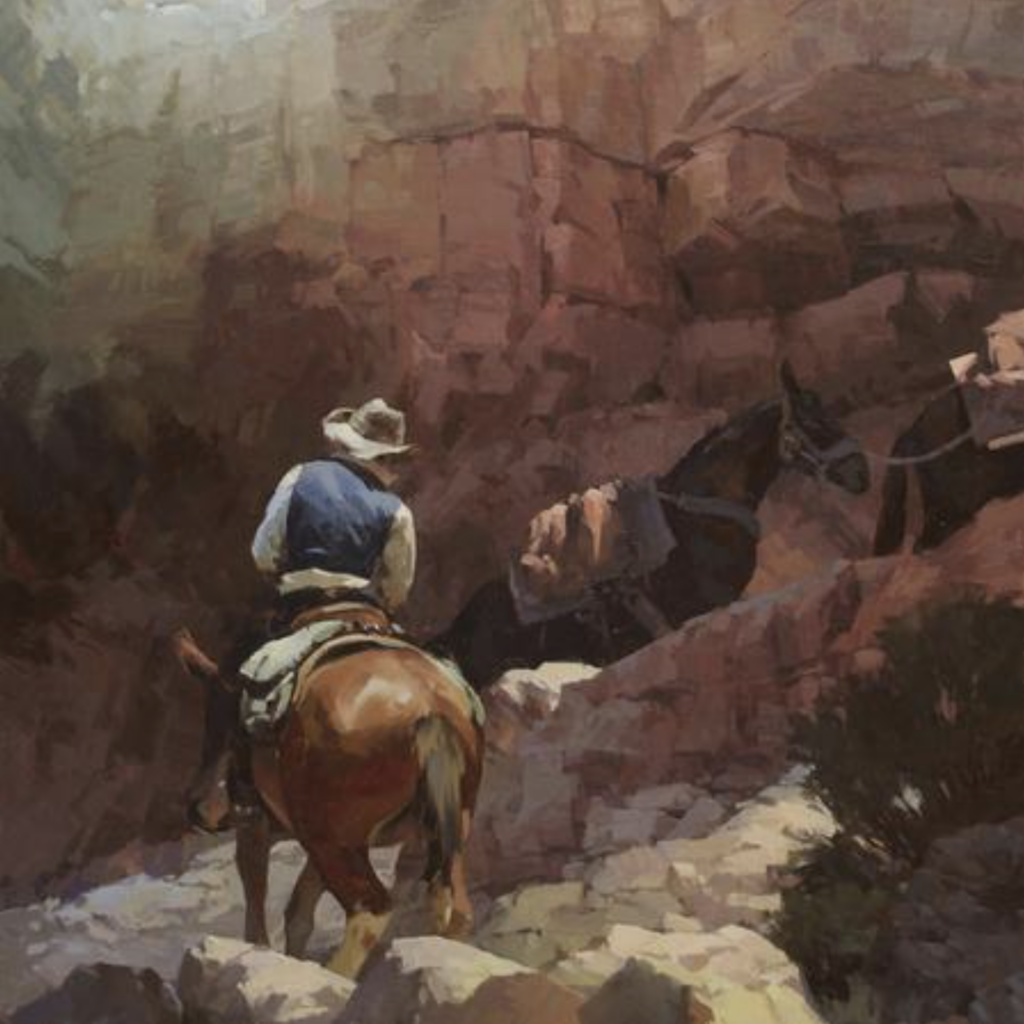
Brenda Smaston
I learned so much from the beautiful and incredibly talented Lyn Boyer, about art and life. “Don’t pet the kitty!” Resist picking at the canvas – I’m sure we all can relate to this! This was one of her big principles. I think this applies to life, too. Learn when to let things go. “If the composition isn’t good, the painting won’t be either.” If the foundation isn’t good, you can’t build anything solid. That’s life and relationships. “A lot has to do with the love we pour into a painting.” That applies to the people in our lives, too. “Man up, quit the blubbering and figure out how to face whatever it is.” Life is hard. Be strong. Hit it head on. “Create, enjoy and appreciate beauty.” Whether an artist, one who plays with paint or a collector of art – it touches and connects us all on a deep human level. The one I’ve learned since she died is “You can’t make old friends.” We will have lots of acquaintances in life but few real friends. They’re the ones that tell you the truth. Treasure them. Make time for them. Life is short the older we get.
Lyn Boyer was a true inspiration. There wasn’t anything she couldn’t do, if she set her mind to it. What an amazing example she was in the art world and as a human being. May we all find that strength, grit and determination in search of the beauty in our art, and in our lives.
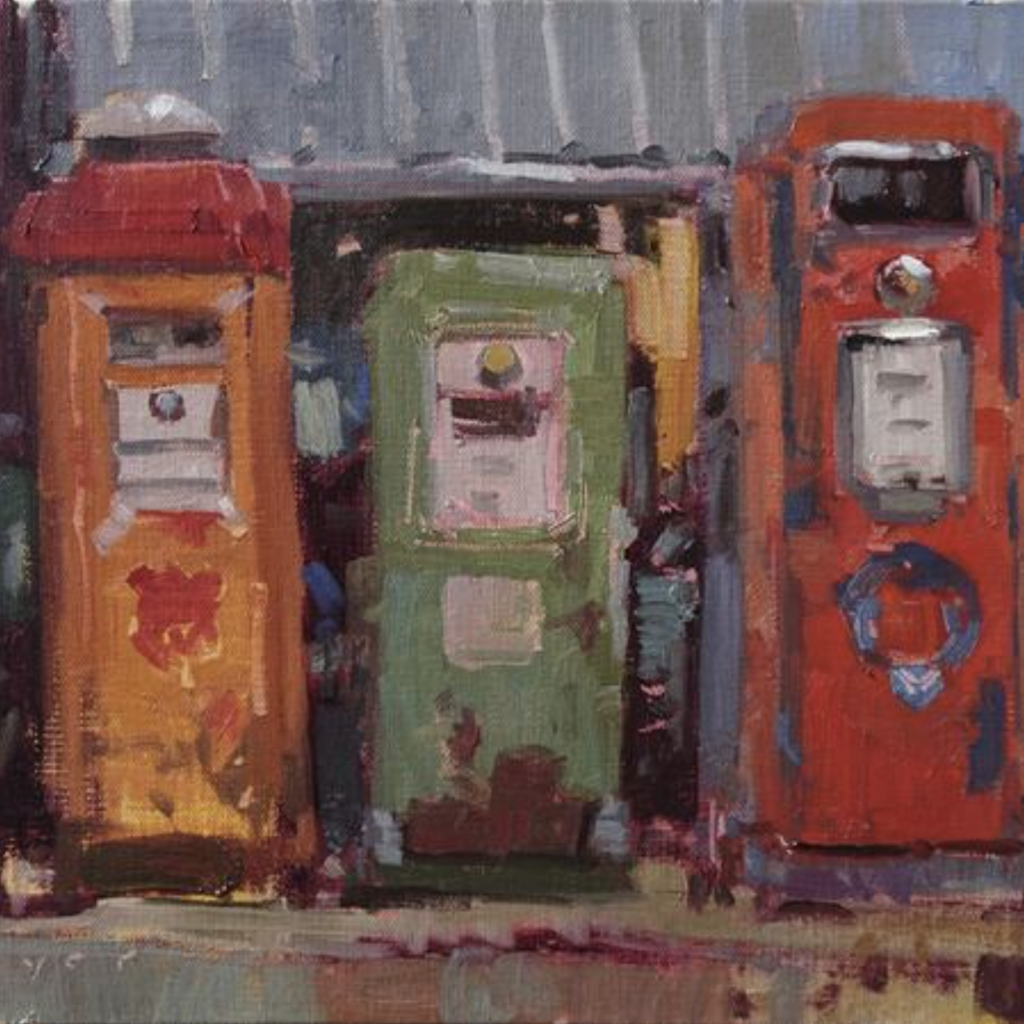
Jane Hunt OPA
With Lyn I felt completely seen, understood, and loved. We spent countless hours seamlessly switching from intense philosophical discussions to wildly inappropriate jokes. She was witty, insightful, generous, and unwavering in her values. Lyn fundamentally changed and inspired me as a person, and she taught me what deep, true friendship feels like. Some of my favorite Lyn insights: “Do not confuse what you do with who you are,” “Embrace JOMO (joy of missing out),” and “Sometimes when you’re in a big flock of seagulls, all scrapping over the same filthy french fry, you may be wise to fly down the beach a little…who knows, you may even discover an onion ring over there”.

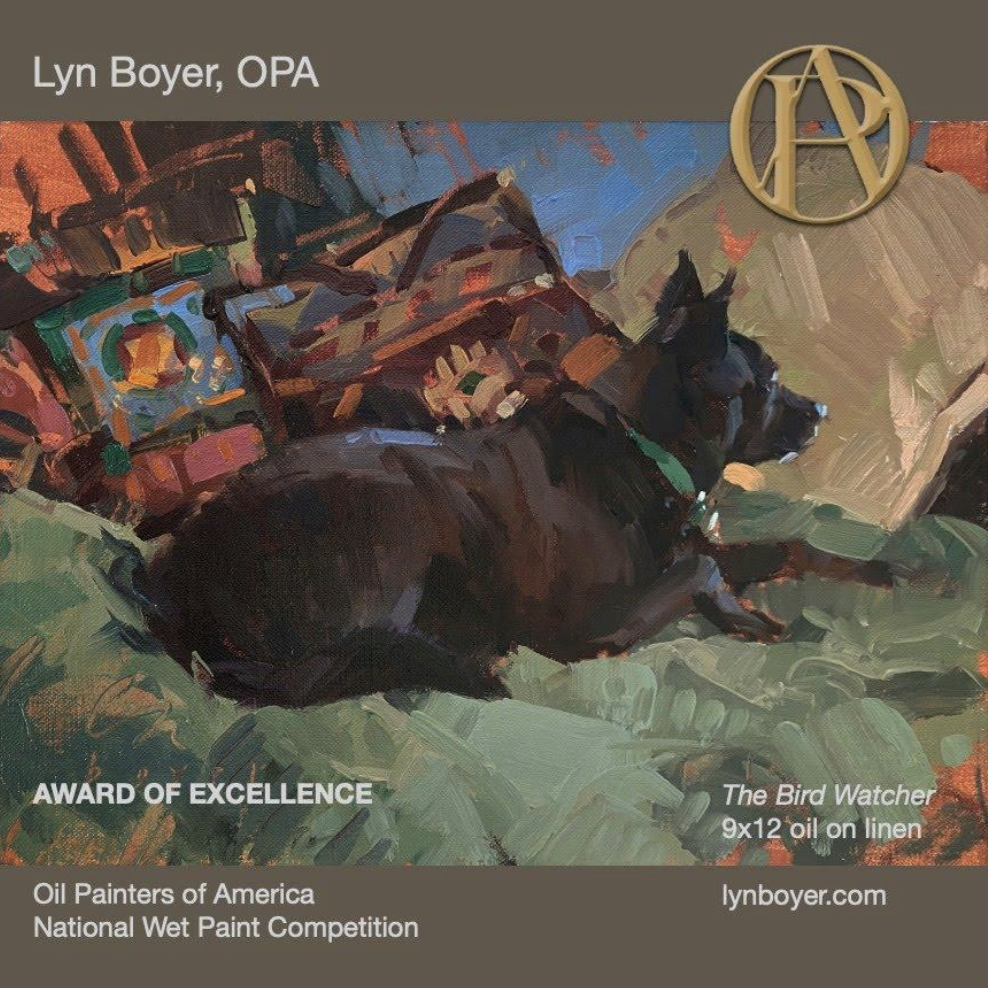
Lyn painted this incredible painting while talking, and joking on the phone for five hours with Jane Hunt – that’s how masterful she was. Bean “the wonder dog” was featured in Lyn’s wise and witty OPA blog posts: https://www.oilpaintersofamerica.com/?s=LYn+boyer
Eric Rhoads
When Lyn walked into a room, her energy and smile dominated the room. She never had anything negative to say. Instead, she always made you feel better. She was always encouraging. Even through tough discussions, she made you feel wonderful. I got to know her extensively because of the time we spent together recording her videos, and her appearances at our events. When you spend a lot of time with someone, you often discover their dark side or their true personality. With Lyn, you always got the upbeat, happy, silly, encouraging special person.
She called me in the car after getting out of the hospital from major surgery because she felt she had dropped the ball on a couple of things, and this was her first chance to follow up. She should have been resting, and I told her so, but she was driven to deliver what was expected of her. She was a true pro.
We painted side by side many times on our Cuba trip, and I discovered that Lyn had become one of my closest friends. We laughed for seven days. I think she made everyone feel she was their closest friend. It wasn’t manipulative; she truly loved everyone.
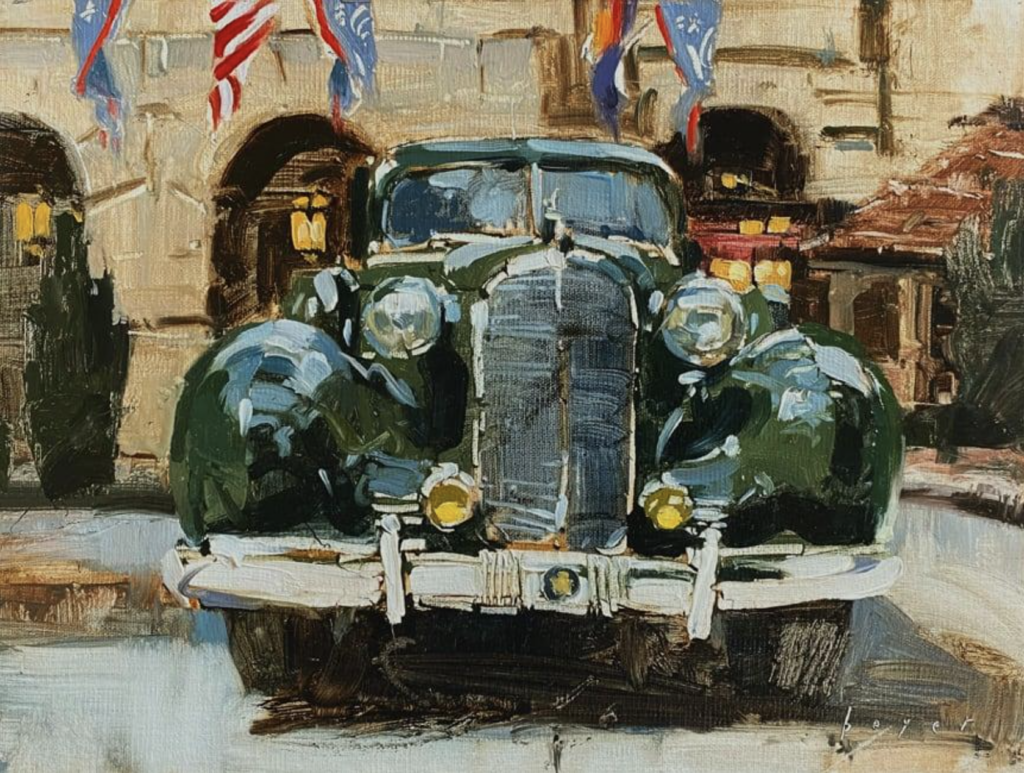
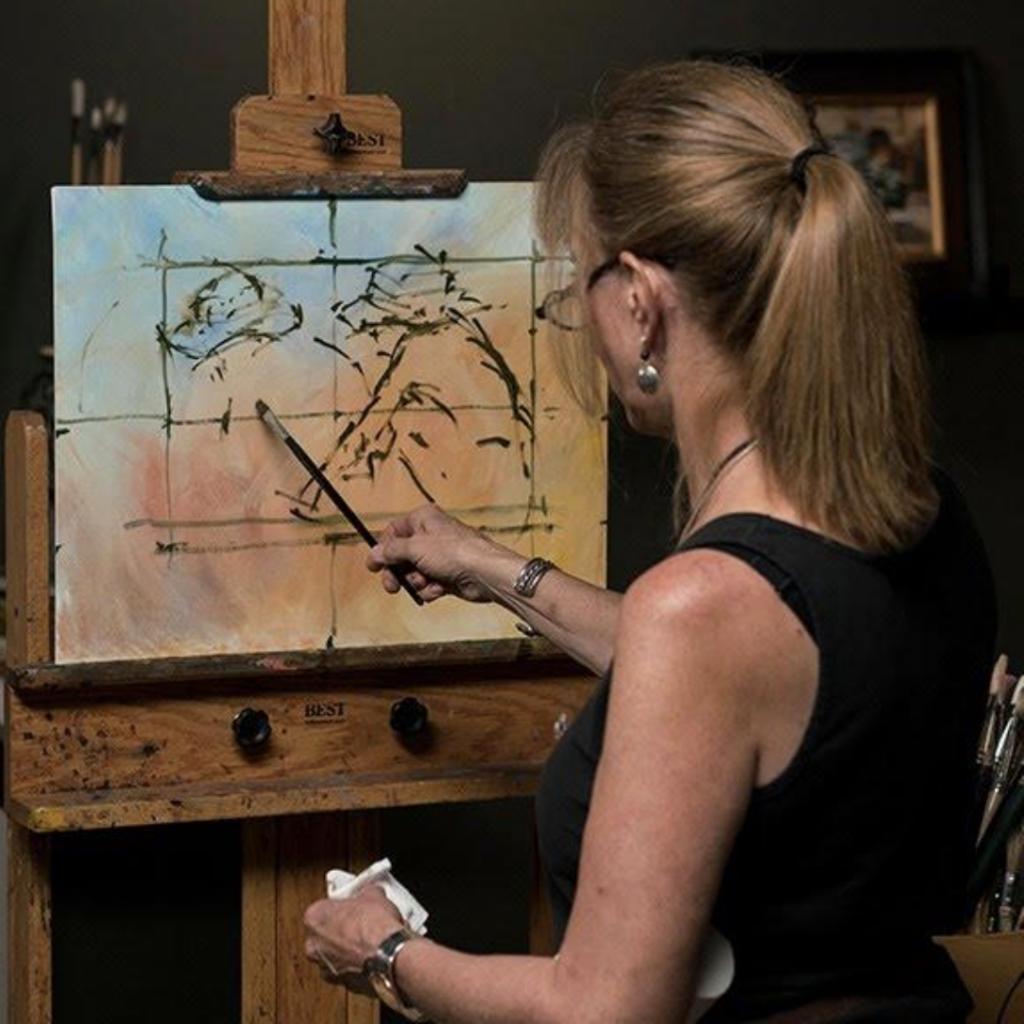
Lyn was an exceptional and in-demand teacher. She created two art instruction videos that are still available through Streamline Publishing: https://painttube.tv/products/lyn-boyer-2-video-combo?utm_
Suzie Baker OPA
Peruse Lyn’s paintings, and it’s intuitively obvious that she was a great artist! Those of us who knew her knew that her character, wit, wisdom, and friendship were greater still. Lyn was a wise soul, authentic and balanced, entirely trustworthy and honorable. She was sincerely enthusiastic about her friends’ accomplishments. No artifice or competitive spirit, just a magnitude of rah-rah support that inspired confidence. Lyn could give an insightful critique like nobody’s business! My Lyn Boyer text chain is full of on-the-spot easel critiques. Because Lyn was so authentically supportive, she also could speak truth into the lives of those around her. I am a better artist and human for having known Lyn Boyer.
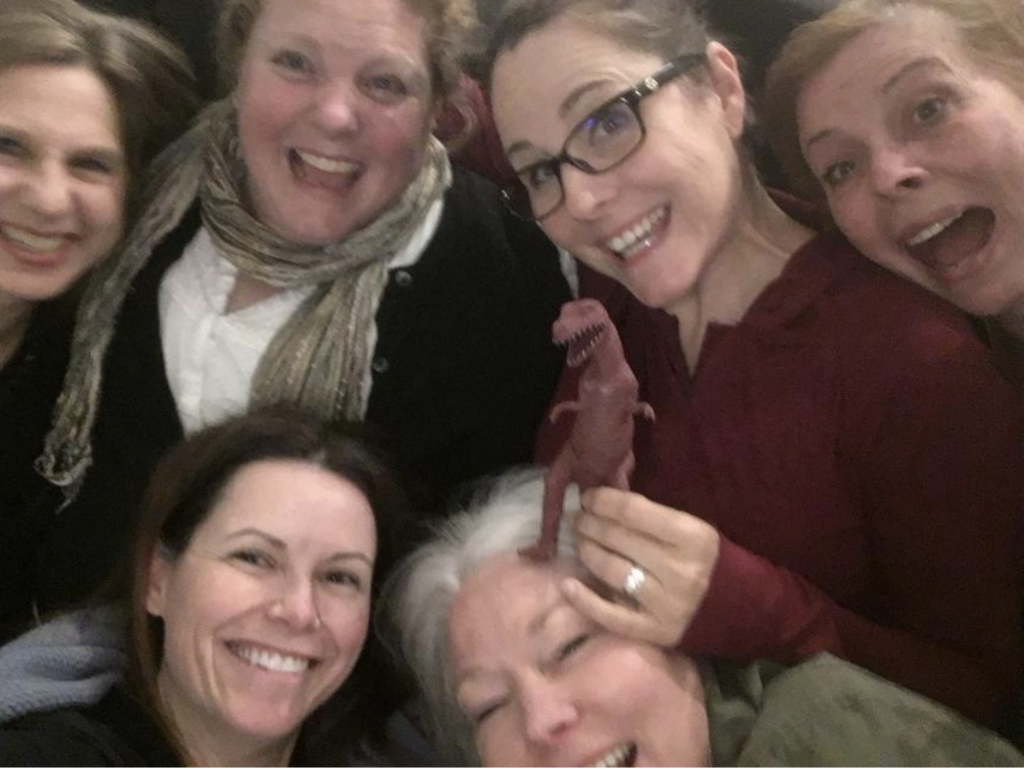
Brenda Boylan
There is one word that clearly describes our late Lyn Boyer. Solid. She was a respected, strong, and calm force in the plein air artist community and will be sorely missed. When she spoke, it was with gracious wisdom gleaned from her life experiences. My first memory of Lyn was just a short moment in time. We were packing up our painting gear, and I had asked her about her easel. I had never seen one like it. She graciously demoed her “set-up” and tear-down and didn’t hesitate to share her clever equipment hacks. I also remember her musical talent with the mandolin. Through the instruments of paint and music, she shared her life. What a loss to the plein-air art community. May her generous and solid spirit continue to inspire us all to be like Lyn.
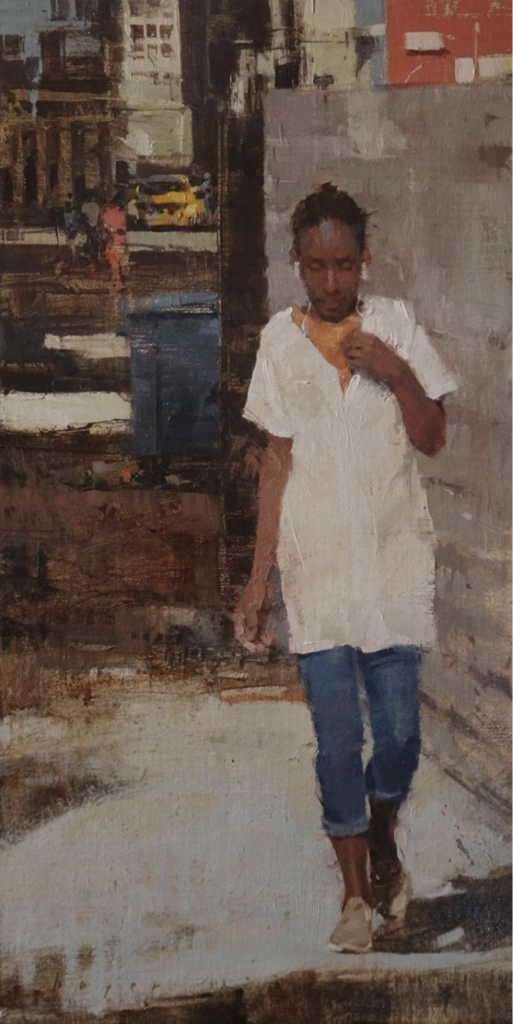
Bill Cramer OPA
Lyn and I had many good times painting together at the Grand Canyon, Zion, and Sedona plein air events. Aside from the painting, we enjoyed just taking in the landscape, watching tourists, and discussing all subjects. Her straightforward, no-BS take on things was a revelation. She adjusted my thinking about a lot of things for the better, especially concerning the art world. Mainly, it takes a lot of work, and most of it doesn’t get recognized. That you should just do what you want; otherwise, you won’t really enjoy it. And that the stuff you do outside of art may be as important to your art as doing the art itself. In other words, stepping away from it once in a while. As a fan of the Top Gun movies, she often joked that she was my wingman during the plein air events. In truth, we were both wingmen to each other. I will forever be happy having known her and cherish the memories of our time together.
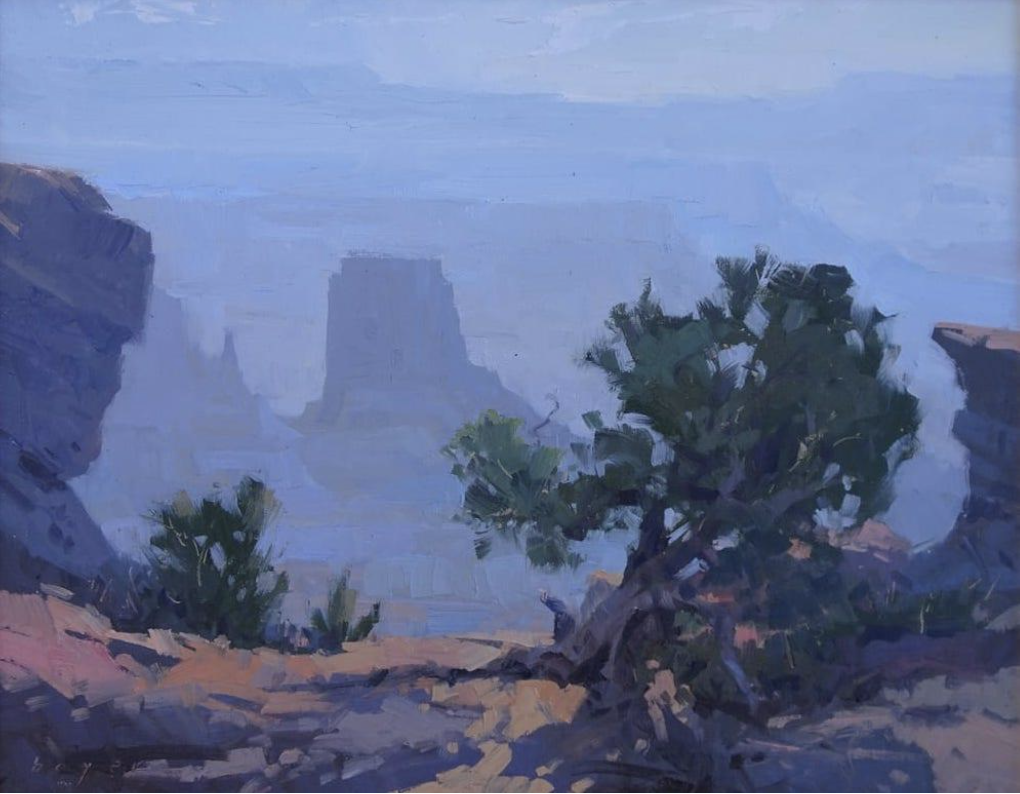
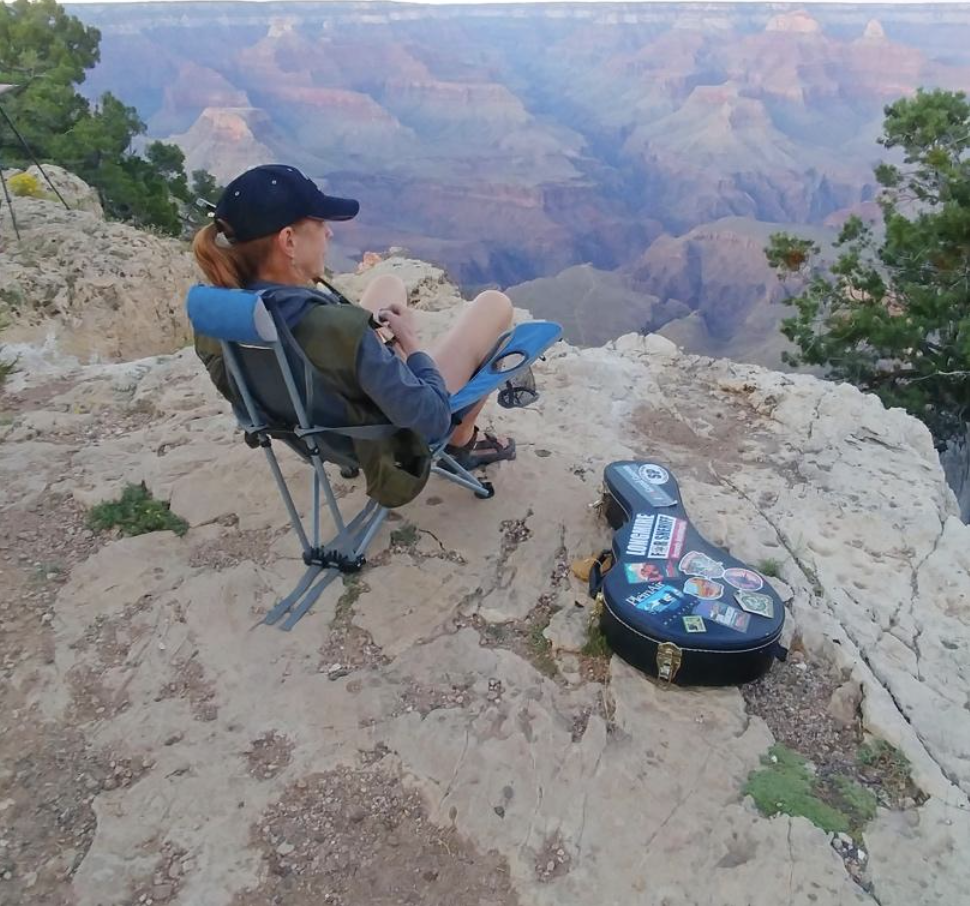
Lyn was also an accomplished musician who played numerous instruments. She was particularly drawn to Celtic music and played in several bands. Here she is playing her mandolin at the Grand Canyon.
Brienne Brown
During every conversation I had with Lyn, I would learn a new bit of wisdom. One favorite bit that stuck with me is to value authenticity and being true to oneself in life and art. She lived this way, and I hope to follow her example, even while I miss the sound of her voice and laughter.
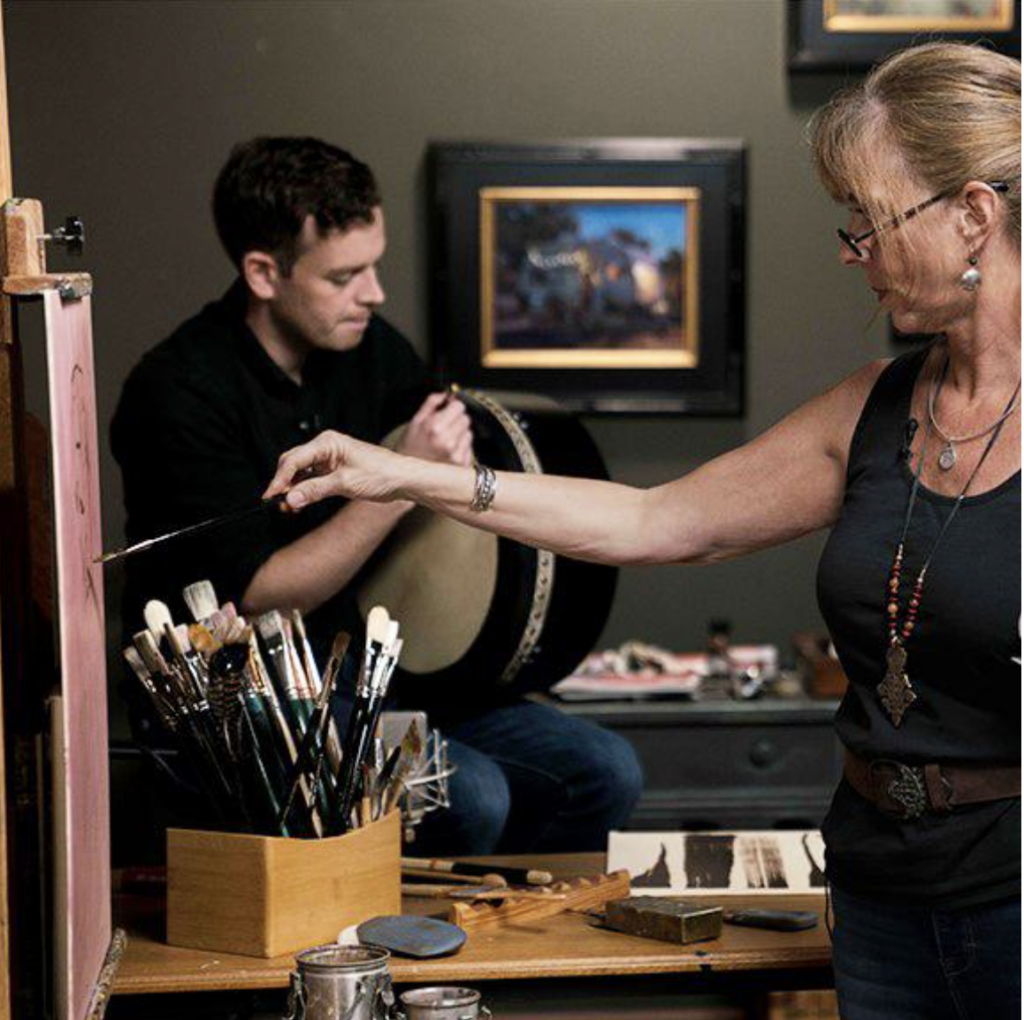
Lyn was fascinated by the connection between visual art and music – seen painting here with one of her musical partners, Dave Curley, of Interplay Artists
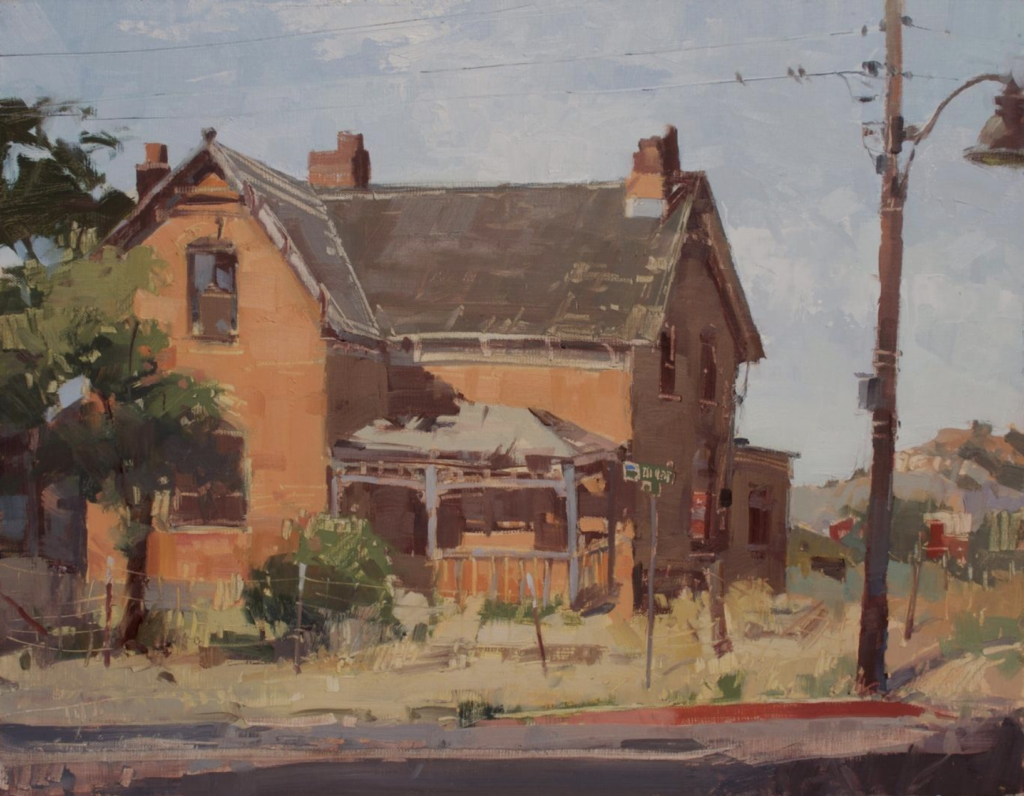
Lindsay Jane Ternes
Lyn was a remarkable human, a true painter, and my beloved mentor/“art mom”. She understood the challenges of being a working artist and mother, and she told me, “You are a lighthouse. Your effort is most potent when concentrated, so you have to teach the people you love that your light will come back around.” I have so much gratitude for this incredible torchbearer who generously passed her light to me and to all who loved her. Whenever I pick up a Rosemary brush, I know I have Lyn with me – and her memory will forever be a blessing and an inspiration.
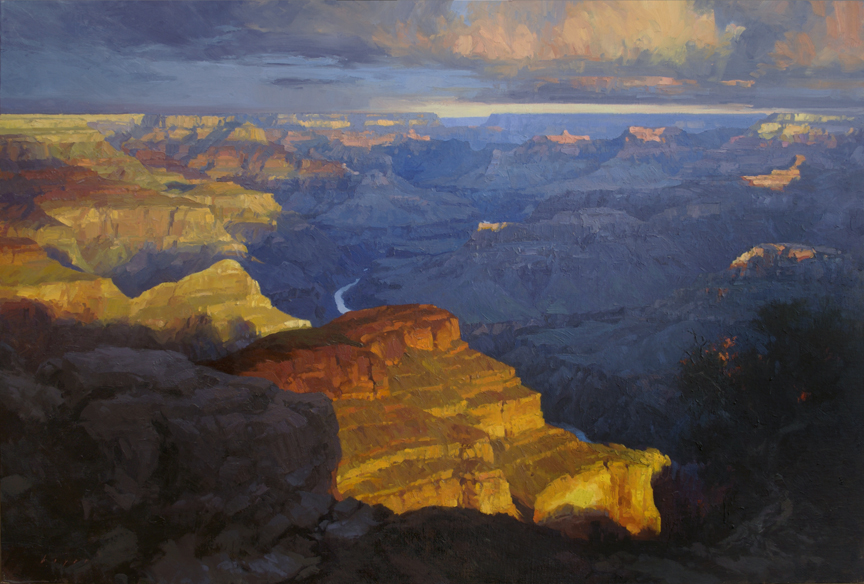
Kyle Denning
I met Lyn while volunteering as a workshop assistant during the OPA National Convention in St George, UT, a few years back. She dazzled the group by taking a very detailed photo reference of an Italian street scene and using big brushes, palette knives, and spatulas, creating a lovely impressionist rendering without any detail in a matter of minutes.
Two years ago, on behalf of the Southern Utah Art Guild, I invited Lyn back to St George to do her four-day “No Fear Painting” workshop. As always, she was a delight. I’m convinced Lyn loved teaching more than painting. She had no secrets; she shared everything. She was humble, fun, and funny. Each day, she arrived in the same black shirt. She assured us she was changing her shirt every day, however. “Every shirt I have is black,” she said. “So, I don’t have to think about what to wear.”
It was a joy to be around Lyn. She lifted the spirits and abilities of all around her. I consider it a cherished blessing to have crossed her path.
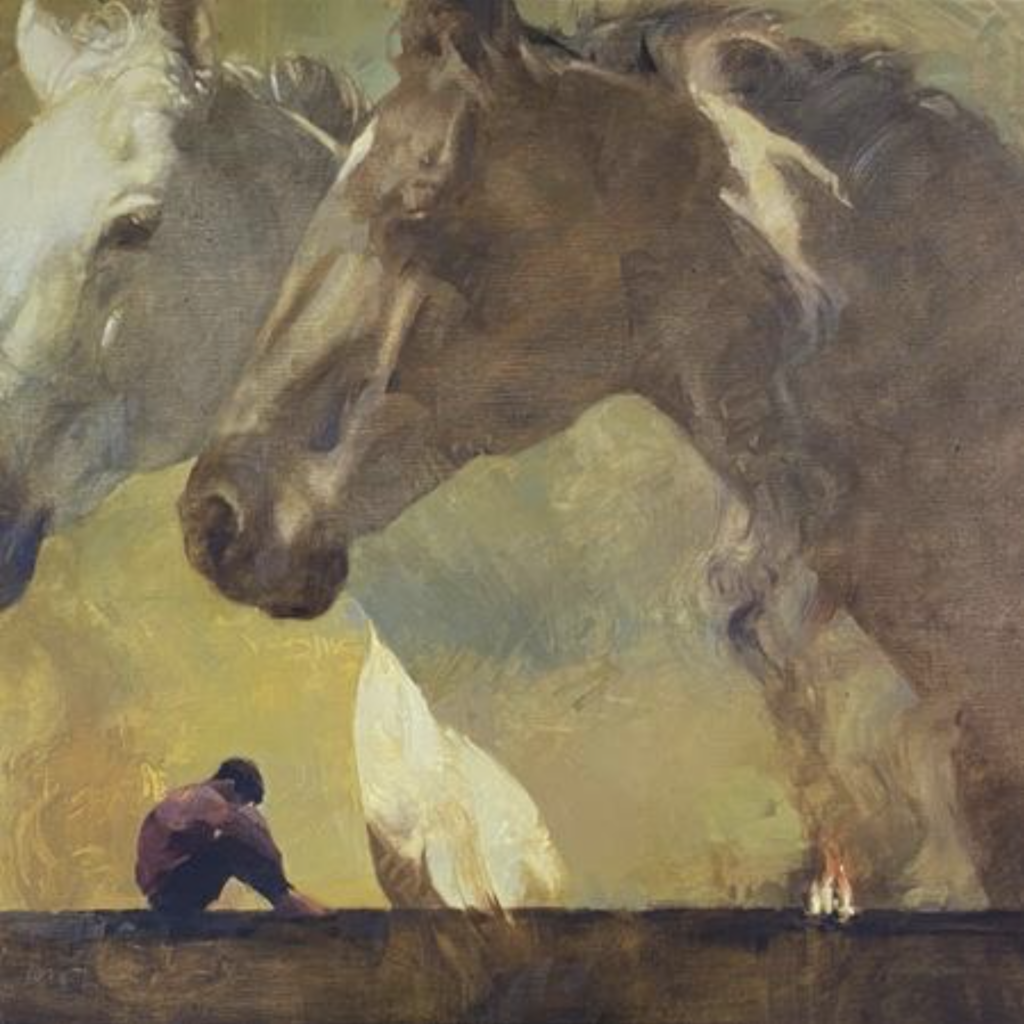
Jim DeWildt
Forty two years….where have they gone? Lyn and I go back that far. We met in 1981. I was living in Traverse City, Michigan and Lyn had moved to the area. To be honest, I’m not sure exactly how we met, but I can tell you when I met her and saw the quality of art she was producing I was very impressed. Aside from her art, Lyn was a very warm and extremely likable person. Over the years we would bounce ideas off one another and critiques.
We both taught illustration courses part time at our local community college, NMC. Those were really some fun times. I think we learned as much as the students.
One of the most memorable times we experienced together was the time we spent two weeks in New York at the Illustrators Workshop. It was hosted by some of the top illustrators in the country…Bernie Fuchs, Mark English, Robert Hiendel, Alan Cober, and Bob Peak. I think Lyn and I constantly kept pinching ourselves….it was almost surreal! – Meeting our heroes of the business.
Years sure have gone by quickly. Fast forward, Lyn moved to Durango, CO and didn’t want to take anything from her studio (and Lyn had one of the greatest studios around). Lyn offered her whole studio to me, and I mean the whole studio. All of the furniture, art supplies and even all her original pieces of art she had done for many commercial jobs. Lyn had one of the largest private art reference libraries and was set up on the dewy decimal system. A side note, I told Lyn, “I will take your original art but will have it for you anytime you want it back”. (She did get them from me a few years later). When I walk into my studio, Lyn is the first person that comes to mind. I know that she is there. – I feel her presence.
In 2018, Traverse City was holding its very first Plein Air week long event. Lyn had called to let me know she was going to be in it and she was wondering if I was going to be in it. I think I told her I wasn’t since I had really never done on location painting, also I didn’t paint with oils very often. At that time I was doing quite a bit with scratchboard. Leave it to Lyn, she talked me into submitting samples and as it turned out I was accepted. Lyn flew into TC and stayed with me and my wife Manie. What a wonderful visit we had that week. To make a long story longer, I was not having the best week with my paintings but Lyn, being the cheerleader that she was, told me to do my scratchboard, (be true to yourself) so on the last day I went out, did three scratchboard pieces and colored them with my oil paints. Oh yea, Lyn was doing absolutely beautiful paintings all week. What a joy and thrill to be witness to such a masterful painter. At the big event Lyn took one of the big awards and much to my surprise, one of my scratchboard pieces took the best TC scene award…..I about fell over. If it hadn’t been for Lyn cheering me on and constantly reminding me that the judges are always looking for new approaches, I probably would not have ended up with the three scratchboard pieces.
Lyn was that person…..always there for you, cheering you on, building you up and with a smile. I will truly miss that and truly miss her.
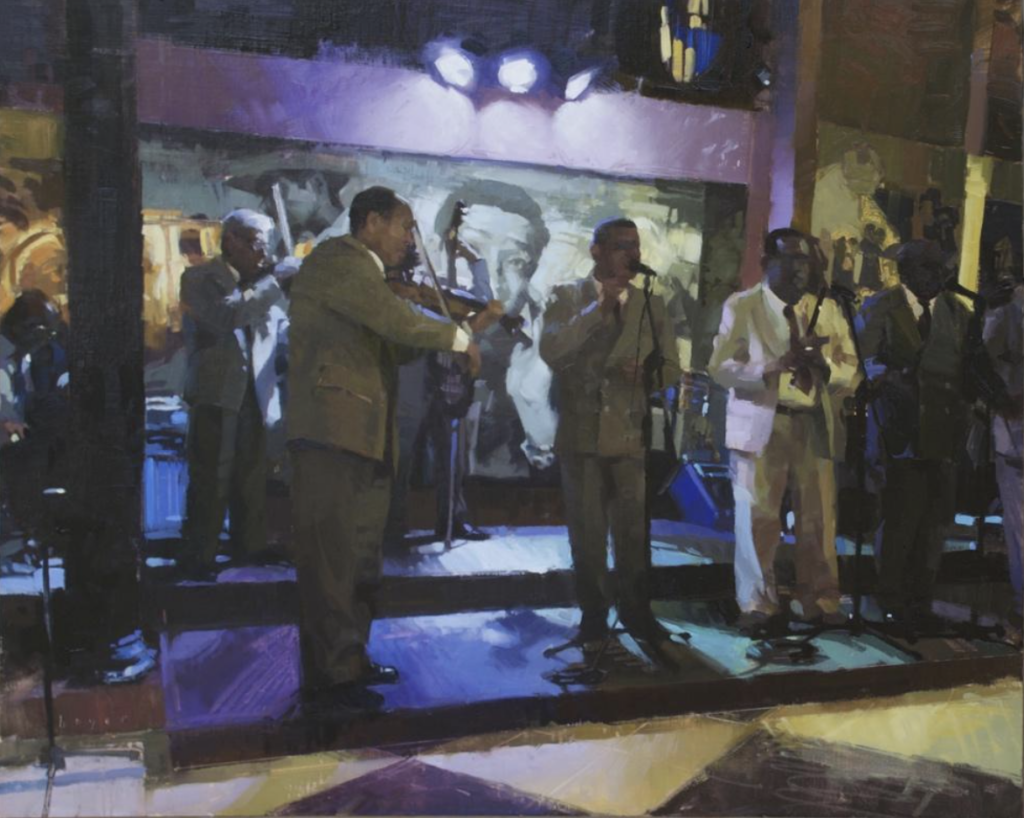
About Lyn Boyer:
Lyn was an award-winning plein air and studio oil painter whose works hang in private collections across the United States. After returning from studying art at the Royal Melbourne Institute in Australia, Lyn began her long career as an American illustrator and painter.
Lyn’s early inspiration came from the great illustrators of the Golden Age of Illustration and their contemporaries, the American and European painters of the late 1800s and early 20th century. She was captivated by not only the power of the images but their story-telling ability. Lyn took the focus, energy, and ability to respond in the moment required in plein air painting and used it to inform and bring life to her studio work.
A devotion to painting en plein air and teaching took Lyn on the road for much of the year before returning to her studio in Durango, Colorado, for the winter months. Her commitment to teaching began with nearly a decade as an illustration instructor. It continued through her workshops, instructional videos, demonstrations, and private mentoring.
Lyn’s great passion for certain subjects helped her to paint them with exceptional truth:
Automobiles: “You can take the girl out of Detroit, but you apparently can’t take Detroit out of the girl. The daughter of an automotive designer and a child of the Motor City, my lifelong love of all things motorized was inevitable.” – Lyn Boyer
Music: Lyn played eight instruments and managed to bring the common languages of painting and music together through her teaching and other collaborations.
Animals: “When I come across and choose to paint our fellow creatures, something about their guilelessness sets my world right for a bit. Without them, I think we might forget to continue to try to find our best selves.” – Lyn Boyer
The West: An accomplished horsewoman, Lyn was so enamored of the west, that twenty years ago, she sold her farm in Michigan, moved to Colorado, and fully immersed herself in western art and lifestyle.
She could apply herself to make, learn, or fix whatever she set her mind to. She shared her joy and wisdom with those who were fortunate enough to have known her.
Thanks to all of Lyn’s friends who shared their love for Lyn and how their lives were changed for the better by knowing her. We can all benefit from these great stories and words of wisdom that Lyn shared throughout her life to inspire and motivate us to become the best version of ourselves and to live life to its fullest.
Lyn’s OPA blog posts: https://www.oilpaintersofamerica.com/?s=LYn+boyer
For more information, and to see remaining available works, go to https://www.artworkarchive.com/profile/lynboyer/collections and https://www.lynboyer.com
Please add your own memories of the inimitable Lyn Boyer in the comments below.

